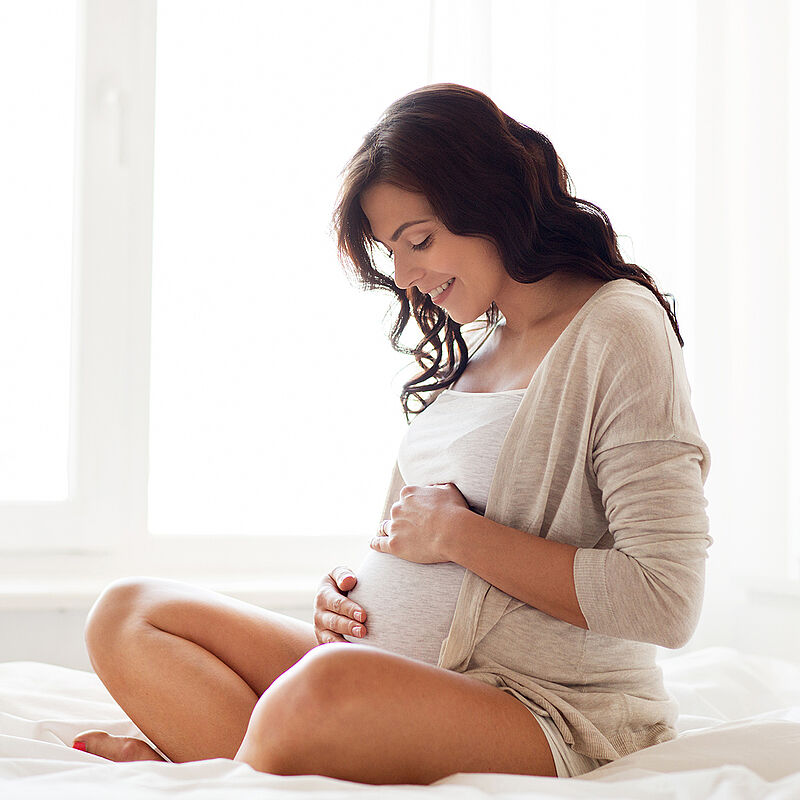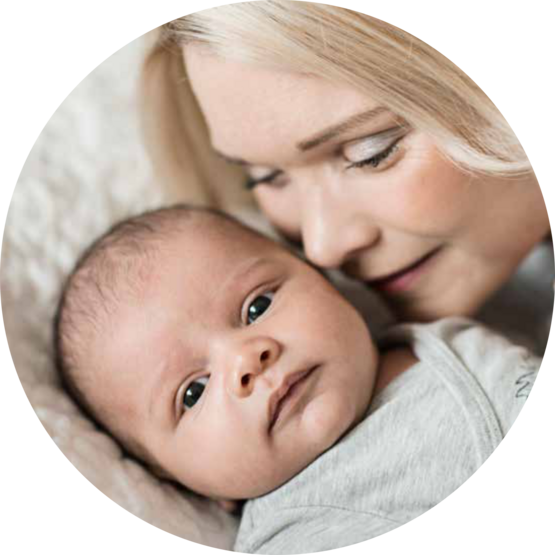
Ciąża
Zobaczenie pozytywnego wyniku testu ciążowego jest jednym z najbardziej pamiętnych momentów dla kobiety. Od tego momentu jej życie zmieni się na zawsze, ponieważ zbuduje więź ze swoim nienarodzonym dzieckiem.
This is a test - Link TEST (Add Banner will only appear once, saved in the cache if clicked away)
The information on this part of the website is intended only for health care professionals.I am an expert within the meaning of Act No. country xy. I herewith confirm that I am a professional according to this definition.
Unfortunately, as you are not a health care professional we cannot provide you this information.

Many babies suffer from colic in the first months of life. While there is no definitive answer to the question of what causes colic in babies, its effect is clear – an inconsolable baby and stressed mums and dads.
Despite being so common, there are little to no medications to relieve colic symptoms. But some studies suggest that colicky babies could be experiencing such discomfort because the composition of good and bad bacteria in the gut is unbalanced. Probiotics like Limosilactobacillus reuteri Protectis could help to restore balance by increasing good bacteria in the gut. Signs of colic often peak between the first six and eight weeks of a baby’s life, so it is never too early to supplement a baby’s gut flora.


The most common criteria to diagnose colic is firstly age. In most caes, colic affects babies under four months. Secondly, is the baby having recurrent and prolonged periods of crying, fussing, or irritability that occur without apparent cause and cannot be prevented or resolved by caregivers.
The inconsolable crying lasts at least three hours a day, three days a week at least one week in an otherwise healthy child. The little ones often cry so much that they turn red in the face, some also make tight fists and raise their legs while crying. Our colic indicator could also provide an idea of whether a baby might be suffering from colic or not. However, this indicator doesn’t replace to see the paediatrician.
Infantile gut discomfort (colic) can be prevented – but in case the symptoms have already appeared, usually they can be reduced. By using the gut discomfort indicator you will see the potential risk level, if your child might be affected by gut discomfort.
Answer the questions and the colic calculator will provide you the result!

The short answer is: no one really knows for sure. Despite being investigated for decades, the causes or potential causes of baby colic haven’t yet been fully explored.
Clinical studies comparing colicky infants to healthy infants found a lower number of lactobacillus bacteria and higher concentrations of harmful (mainly coliform) bacteria in the digestive tracts of the colicky babies. Such imbalances can lead to various problems, including colic. It is very important not to leave the baby alone when they are crying. Parents should do anything possible to calm the baby down – rocking, singing, hugging or the “tiger in the tree” hold, where you drape the baby along the forearm, tummy down.
The symptoms associated with colic can prove very frustrating for new parents, here are some key facts that could make some aspects clearer.
Supplementing with good bacteria such as Limosilactobacillus reuteri Protectis can help to restore the balance.

First and foremost, parents should eliminate other possible causes for crying, e.g. hunger, dirty nappy, or fever. There are some golden rules to reduce the risk of colic:

Zobaczenie pozytywnego wyniku testu ciążowego jest jednym z najbardziej pamiętnych momentów dla kobiety. Od tego momentu jej życie zmieni się na zawsze, ponieważ zbuduje więź ze swoim nienarodzonym dzieckiem.

Dbanie o mikroflorę jelitową, jeszcze przed urodzeniem, przynosi korzyści przez całe życie.

Regurgitacja, refluks, ulewanie – te terminy opisują mleko, które dziecko wymiotuje podczas lub po karmieniu. Choć wygląda to niepokojąco, jest to powszechne, gdy rozwija się trawienie.